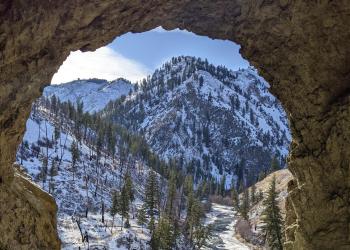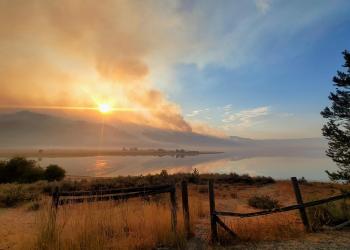Welcome to Payette National Forest
The Payette National Forest offers the visitor over 2.3 million acres to enjoy. Everything from the deep recesses of Hells Canyon to peaks reaching elevations of almost 9,500 feet. Dry desert grasslands compliment heavily forested acres. Gateways to the Frank Church-River of No Return Wilderness allow the visitor to experience the solitude of seldom traveled trails.
In the Spotlight

What's new in the Payette National Forest? The latest news on the hottest topics are available here.
Proposed Changes to Recreation Fees
Southwest Idaho Wildfire Crisis Landscape Project

The Southwest Idaho Landscape encompasses approximately 1.7 million acres, including National Forest System, state, private, tribal and other federal lands.



